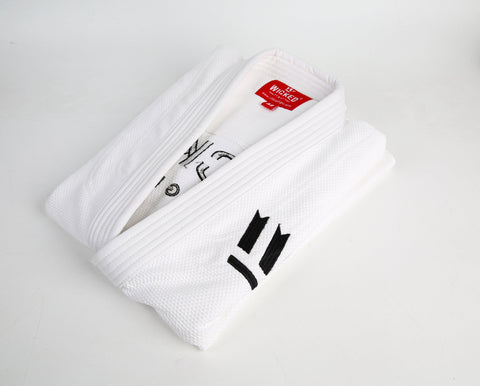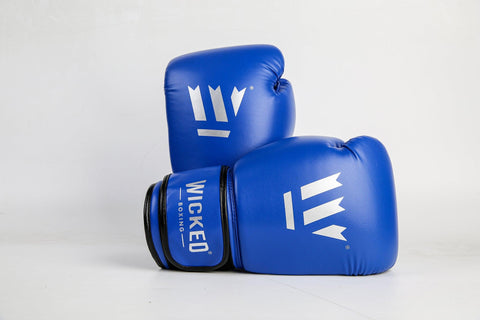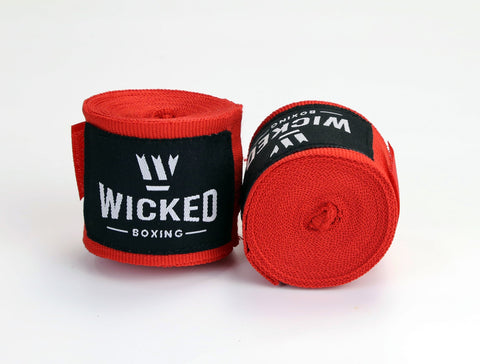Historical Origin
Although there are arguments to link and date back jiu jitsu to earliest forms of “grappling”, which are immortalized on the walls of ancient Greek and Egyptian ruins, many people agree that it can at least be traced back, 4000 years ago, to Buddhist monks in India who needed to protect themselves during their travels without inflicting harm on their attackers. It then spread to feudal Japan, where it developed into an effective hand-to-hand combat during war, and then overtime transitioned to become more of an art as well as a competitive activity.
The Emergence of Brazilian Jiu Jitsu
Initially the Brazilian jiu jitsu and Japanese one was the same, as the former originated from the later when, in 1915, a famous Japanese judoka, Mitsuyo Maeda, went to Brazil, where he soon began teaching and giving demonstrations in jiu jitsu and judo. After him, three of his first students: Carlos, Helio Gracie, and Luiz França became the founders of what is known as Brazilian as they actively contributed to the development of this style of jiu jitsu, by maximizing the effectiveness of existing techniques, and creating new ones; giving rise to a distinct martial art.
Brazilian vs Japanese Jiu Jitsu
The primary focus of both jiu jitsu styles is self-defense but using little different techniques and strategies.
In Brazilian jiu jitsu, grounding and grappling are two main fighting strategies. Ground fighting is a hand-to-hand combat that happens when two fighters are on the ground. Ground fighting occurs when both combatants are close to each other on the ground. As far as grappling is concerned, it primarily involves gripping the opponent on the ground. It doesn’t require striking, instead, it involves using various moves to cause injury/pain to the opponent.
For example, a typical Brazilian jiu-jitsu match begins with combatants standing up; as soon as it begins, there’s a takedown, where the fighters take the fight to the ground. On the ground, the fighters use different moves to score points. A BJJ match may end with a submission where a competitor accepts defeat after the opponent has taken full control on the ground, using certain holds such as joint locks, and chokes.
However, in Japanese jiu jitsu, in addition to grounding and grappling, other techniques such as throwing, strangling, choking, striking, and blocking are also allowed and widely used.
For example, a Japanese jujutsu match usually involves three stages: striking stage, grabbing stage (takedown), and ground fighting. It begins with combatants striking; shortly after, strikes stop, and competitors are only allowed to fight by grabbing themselves. Lastly, on the ground, the competitors utilize a few strategies, including joint locks and strangulations, to make each other submit or accept defeat. For every move taken, points are usually awarded.
Why Jiu Jitsu
More than just a workout, jiu jitsu is often referred to as “human chess” in that it exercises both the body and the mind.
The physical benefits of jiu jitsu are immense and well-documented. Because jiu jitsu presents a combination of dynamic and explosive movements with pressure-based isometric pushing, pulling, and holding, it helps to develop increased strength and cardio, as well as promotes weight loss and improved muscle tone. Because you’re constantly responding to another person’s movements, jiu jitsu also heightens your body awareness and improves your balance and reactive ability.
Jiu jitsu is also an incredible mental workout. For one, it provides the challenge of learning a new activity, with limitless variations of movements, techniques and submissions. It also develops your reasoning skills, in that you are constantly planning your next step, both when you’re in an advantageous position or a defensive position. As an activity practiced with another person, it increases your ability think quickly and “on your feet” in response to your partner’s movements, as well as to remain calm and controlled when you find yourself in a defensive situation.




